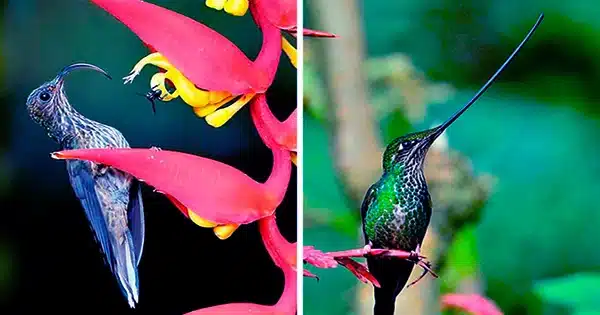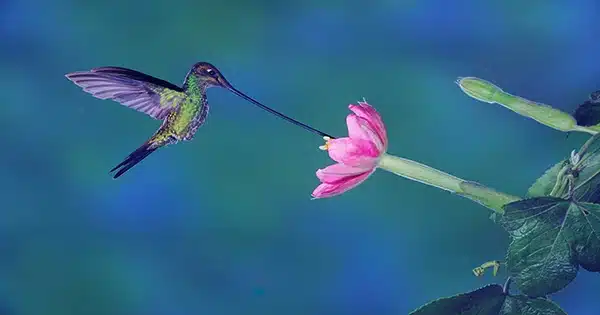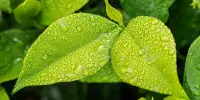According to a study published in the open-access journal PLOS Biology by Carolyn Wessinger of the University of South Carolina, US, and colleagues, large changes in flower features between wildflowers with different pollinators are produced by a few fundamental genetic differences.
Plants that rely on animal pollinators, such as insects or birds, have evolved unique flower traits known as “pollination syndromes” that are customized to the pollinator. Most plants in the Penstemon genus, for example, have large, blue flowers that serve as a landing pad for bees, but some species have evolved small, red, tube-like flowers that are ideal for hummingbird pollination.
Researchers sequenced the DNA of 229 plants from three related Penstemon species to learn how these pollination syndromes are maintained at the genetic level: two adapted for bee pollination (P. neomexicanus and P. virgatus) and one adapted for hummingbird pollination (P. barbatus).

Despite significant changes in flower features, they discovered surprisingly few genetic differences that separate P. barbatus from its bee-pollinated relatives. Plants from the same location were more genetically related than individuals from different regions, regardless of species, implying that there is genetic mixing between bee- and hummingbird-adapted wildflowers. They did, however, discover 21 spots that consistently changed between species with different pollinators.
Because these locations are spread throughout the genome, it is more probable that the complimentary suite of floral features will be split apart by recombination (the shuffling of maternal and paternal genes that occurs when gametes are formed), resulting in fewer effective hybrids. Three of the genetic changes are in genomic sites implicated in flower color, width, and nectar volume, features that distinguish the various pollination syndromes.
According to the scientists, the results could be explained by infrequent hybridization events between adjoining bee- and hummingbird-pollinated Penstemon species, paired with strong selection to maintain suites of flower traits appropriate to each pollinator.
Dr. Wessinger went on to say, “Although bee- vs. hummingbird-pollinated species are easily distinguished in the field, based on unmistakable differences in flowers and the overall stature of the plant, a surprisingly small number of genetic regions distinguish these different species at the genetic level.”















